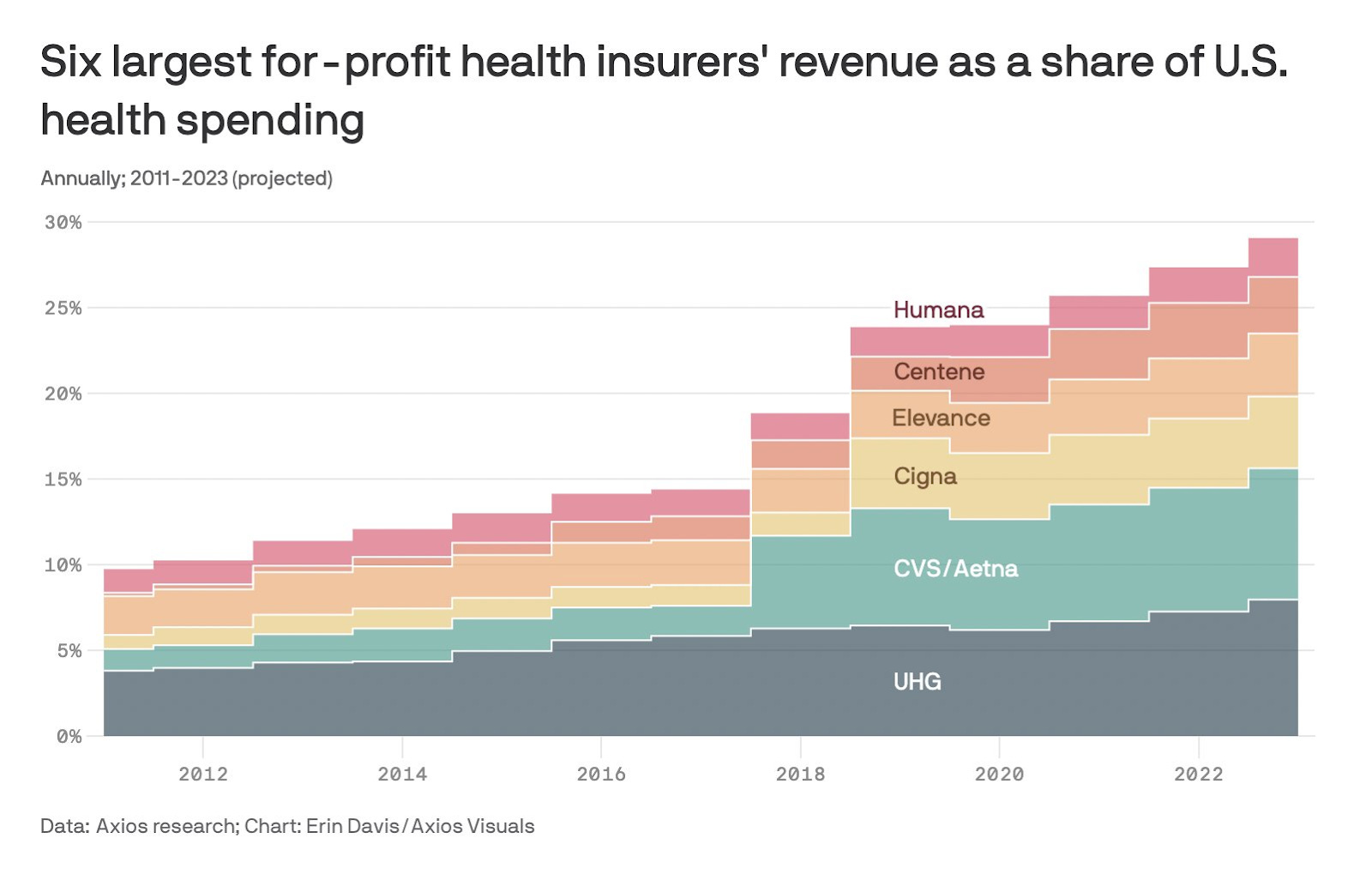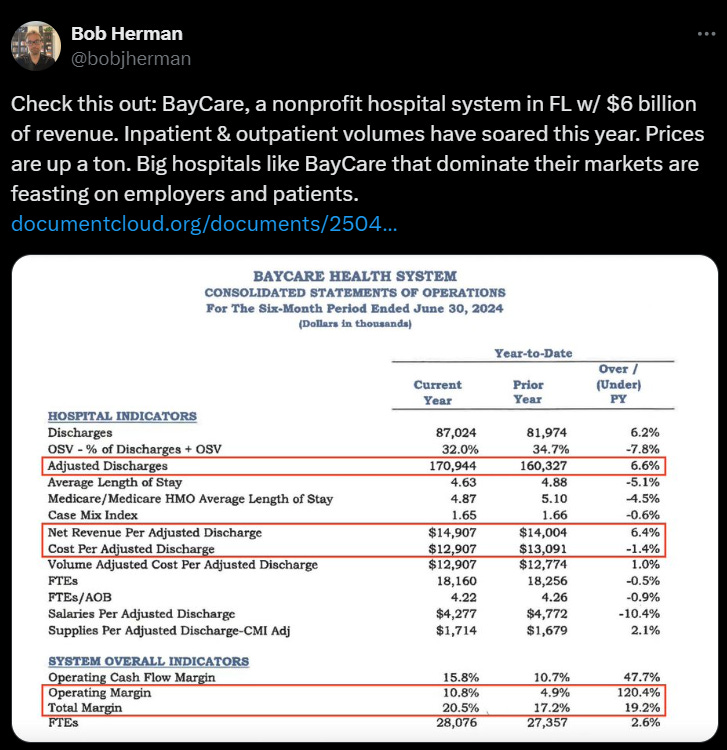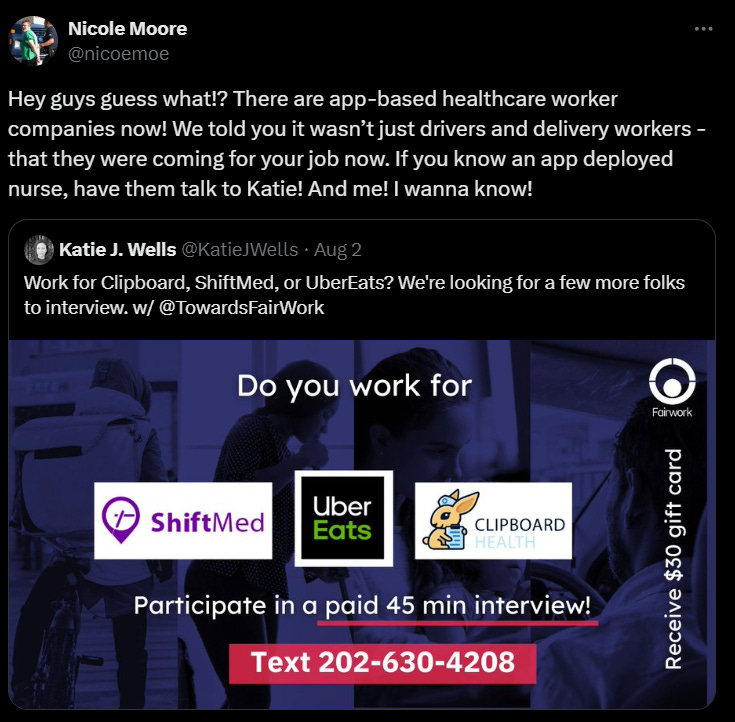Welcome to You’re Probably Getting Screwed, a weekly newsletter and video series from J.D. Scholten and Justin Stofferahn about the Second Gilded Age and the ways economic concentration is putting politics and profits over working people. Welcome to You’re Probably Getting Screwed, a weekly newsletter and video series from J.D. Scholten and Justin Stofferahn about the Second Gilded Age and the ways economic concentration is putting politics and profits over working people. There are over 17,000 Starbucks across the United States. If you add up all of the McDonalds, with those Starbucks, all of the Targets, and all of the Walmarts combined you still don’t have more than all of the Dollar Generals, Dollar Trees and Family Dollars. Together, they have almost 37,000 stores and over 50,000 stores planned! According to the Institute of Local Self-Reliance, “One might assume that the dollar chains are simply filling a need, providing basic retail options in cash-strapped communities. But the evidence shows something else. These stores aren’t merely a byproduct of economic distress; they are a cause of it.” That’s why there are studies like this that show “Dollar stores’ entry into rural communities adds to rural grocery challenges.” You might say, maybe Congress should do something about this? Well, they already did… in 1936, the Robinson-Patman Act was enacted. The Robinson-Patman Act plays a crucial role in maintaining fair competition in the American marketplace. It was designed to prevent large companies from using their purchasing power to unfairly disadvantage smaller competitors and prohibit sellers from charging different prices to different buyers for the same goods when it harms competition. To learn more about the Robinson-Patman Act, check out the article in The American Prospect this week written by Max Miller and Bryce Tuttle titled “Stopping Excessive Market Power Before It Grows Into Monopoly: The Robinson-Patman Act is mischaracterized as punishing low prices. It’s actually about preventing powerful monopolies that raise prices in the future.” Also, check out this video from the National Grocers Association from earlier this summer about protecting consumer choice:  YOU’RE PROBABLY (ALSO) GETTING SCREWED BY: Health Insurance Companies The revenue generated by the six largest for-profit insurance companies, many of which are vertically integrated giants that own doctors, clinic and PBMs (looking at you UnitedHealthcare), is equal to 30% of healthcare spending. RealPage Hospital Monopolies Big Box Retailers Ride Share in Healthcare Some Good NewsWalz Labor Record Biden-Harris Fighting for Consumers Antitrust Enforcers Not Kidding Around The Google antitrust trial is entering another critical phase where the judge will determine what remedies should be put in place to deal with the company’s monopoly, which could include breaking them up. Former Biden Competition Advisor Tim Wu also has a fantastic editorial on what those remedies should look like and why it is so important. BEFORE YOU GOBefore you go, I need two things from you: 1) if you like something, please share it on social media or the next time you have coffee with a friend. 2) Ideas, if you have any ideas for future newsletter content please comment below. Thank you. Standing Tall for All, J.D. Scholten |




